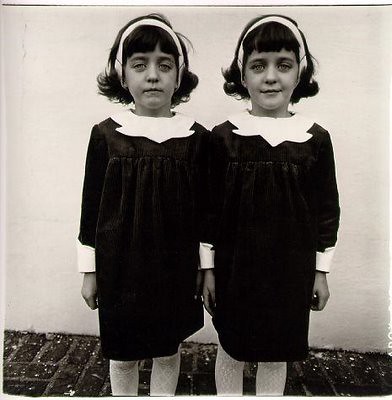My first reaction: woah, Diane’s daughter, nice hair. I realize that was the style in 1972, but I couldn’t help but laugh just a little. Once I got past that, I thought it interesting that this was a video, about photography, put together from visuals and audio. So this video encompassed almost everything we’ve learned about in this course, which was pretty cool.
I got really into the photos, because I loved how they were just of people in their natural environments, doing what it is they’re doing at the moment. It just shows how different each person’s life can be from another. I love how most of them, the person is photographed in a very vulnerable moment that I probably wouldn’t want to be photographed in.. i.e., with curlers on top of my hair smoking a cigarette? No thanks. But it just shows the person in natural moments in their day, which makes it all the more real and think you could actually know what that person is like.
She also talked about photographing the hippies/junkies in Washington Square Park in the 60s. It’s funny that she says she got to know some of the people and took some of her best pictures there, because even in 40 years later the park is the same. When I lived in New York I lived right on the square, so every morning I woke up to the men playing music and see others playing chess on the corner. I made up some pretty awesome stories about people when I sat in the park and watched them. I can see how growing up in New York, she had such an interest in taking photos of people from different walks of life.
My favorite quote of hers from the whole documentary was, “I never have taken a photo I intended, they’re always better or worse”. After I heard it I thought there’s nothing more true than that. When I want to take a great photo, I almost always end up either saying, “That didn’t turn out like I wanted”, or “That was so much better than expected!”. I don’t think I’ve ever taken a picture and then said, “That’s exactly what I wanted!”.



Add a comment